
Social Media’s Role in Shaping Public Spaces and Urban Social Interaction
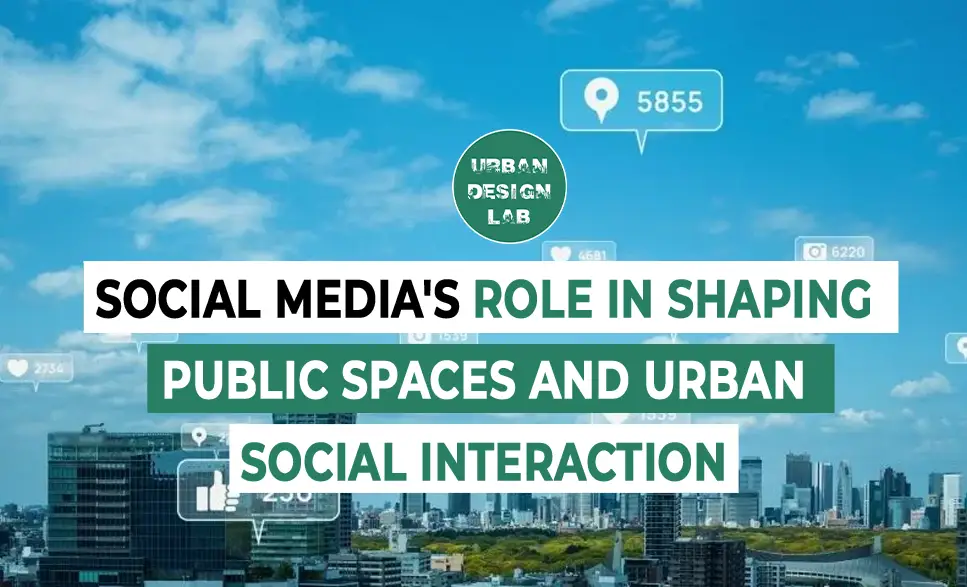
In the digital age, social media has become a powerful force shaping not only how we communicate but also how we experience and interact with our physical environments. Public spaces, once defined solely by their design and functionality, are now heavily influenced by platforms like Instagram, Twitter, and Facebook. These virtual arenas serve as catalysts for social interaction, encouraging people to engage with urban spaces in new and innovative ways. From trending locations that attract swarms of visitors to public events that gain momentum through online sharing, social media has transformed how we connect with one another in cities. It has also sparked a new era of urban design, where aesthetics and social media appeal are increasingly considered in placemaking. However, this digital influence comes with challenges, such as overcrowding and commercialization. This article explores how social media is reshaping public spaces and its broader impact on urban social interaction.
Intersection of Digital and Physical Spaces: Social Media Influencing Urban Design
The rise of social media has fundamentally altered how we interact with and perceive our surroundings. This digital revolution has not only reshaped our personal lives but has also had a profound impact on the design and development of urban spaces. As social media platforms continue to grow and evolve, their influence on urban design is becoming increasingly apparent. The convergence of digital and physical realms has profoundly reshaped the way we interact with our urban environments. Social media platforms, once primarily virtual spaces for social connection, have emerged as powerful tools for shaping urban design. By providing a platform for public discourse, citizen engagement, and data collection, social media has become an integral part of the urban planning process.
Through online platforms, citizens can express their preferences, concerns, and ideas about urban development, fostering a more participatory and democratic approach to city planning. Additionally, social media can be used to collect and analyze data on urban usage patterns, traffic flows, and public sentiment, providing valuable insights for informed decision-making. Moreover, the rise of social media influencers and online communities has led to a growing emphasis on creating “Instagrammable” cities, where aesthetic appeal and shareability are prioritized in urban design.
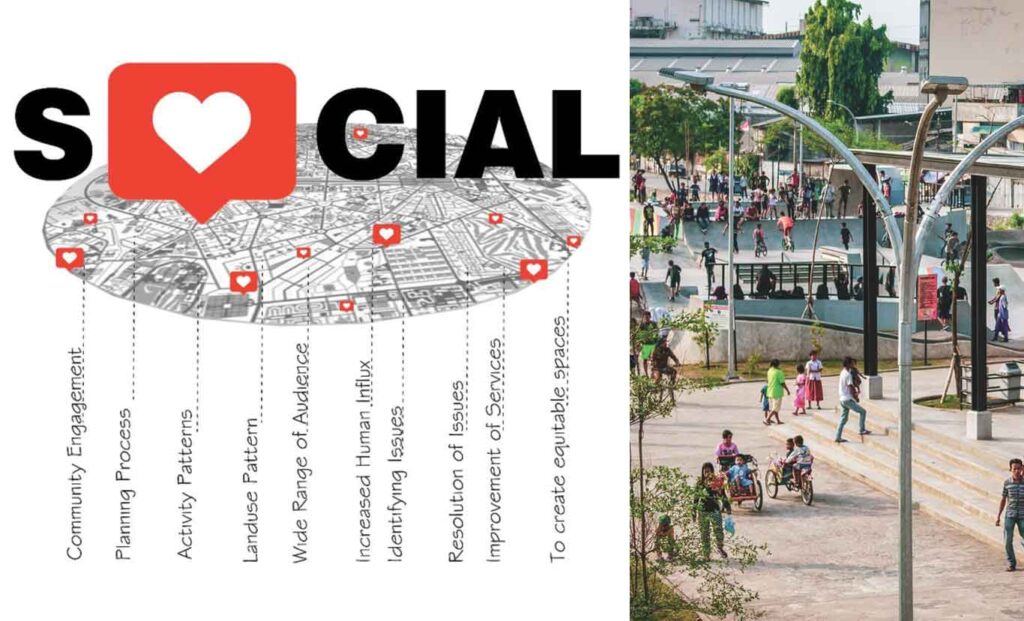
From Likes to Foot Traffic: Social Media’s Impact on Usage
Social media has revolutionized how people discover and engage with public spaces, transforming online trends into real-world foot traffic. Platforms like Instagram and Facebook serve as modern-day guides, highlighting popular spots and unique experiences through visually captivating content. When a location goes viral—thanks to aesthetically pleasing photos or trending challenges—it often leads to a significant uptick in visitors eager to experience the buzz firsthand.
For instance, parks with striking art installations or urban plazas featuring vibrant events become social media hotspots, drawing crowds that seek to capture and share their experiences. This phenomenon creates a feedback loop: as more people visit and post about these spaces, their popularity escalates, prompting local businesses to adapt by offering services that cater to this influx, such as pop-up cafes or curated experiences.
However, this surge in foot traffic can also pose challenges, including overcrowding and the risk of diminishing the very qualities that made these spaces appealing. Consequently, urban planners and designers must navigate this complex landscape, balancing the allure of social media with sustainable public space usage.
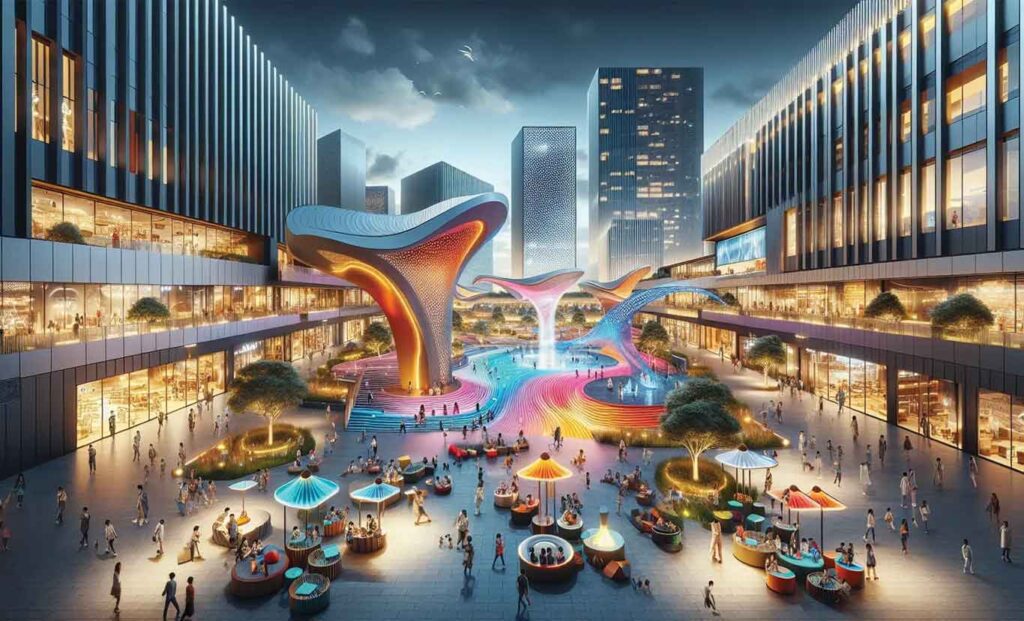
Source: Website Link
Virtual Communities, Real-World Interaction: Bridging Digital and Physical Socialization
The rise of social media has transformed the way we connect and interact with others, both online and offline. While virtual platforms provide opportunities for building online communities, they can also serve as catalysts for fostering real-life interactions in public spaces. By connecting individuals with shared interests and facilitating communication, social media can help bridge the gap between digital and physical socialization.
Online communities can serve as a foundation for organizing and promoting real-world events and activities. For example, social media groups dedicated to local history or urban gardening can organize walking tours, community clean-ups, or plant exchanges. These virtual-to-real connections provide opportunities for individuals to meet face-to-face, share experiences, and build stronger community bonds. Moreover, social media can help create a sense of belonging and shared identity among community members. By participating in online discussions and sharing their experiences, individuals can develop a stronger connection to their local area and feel more invested in its well-being. This sense of belonging can then translate into a greater willingness to participate in real-world activities and contribute to the vitality of public spaces.
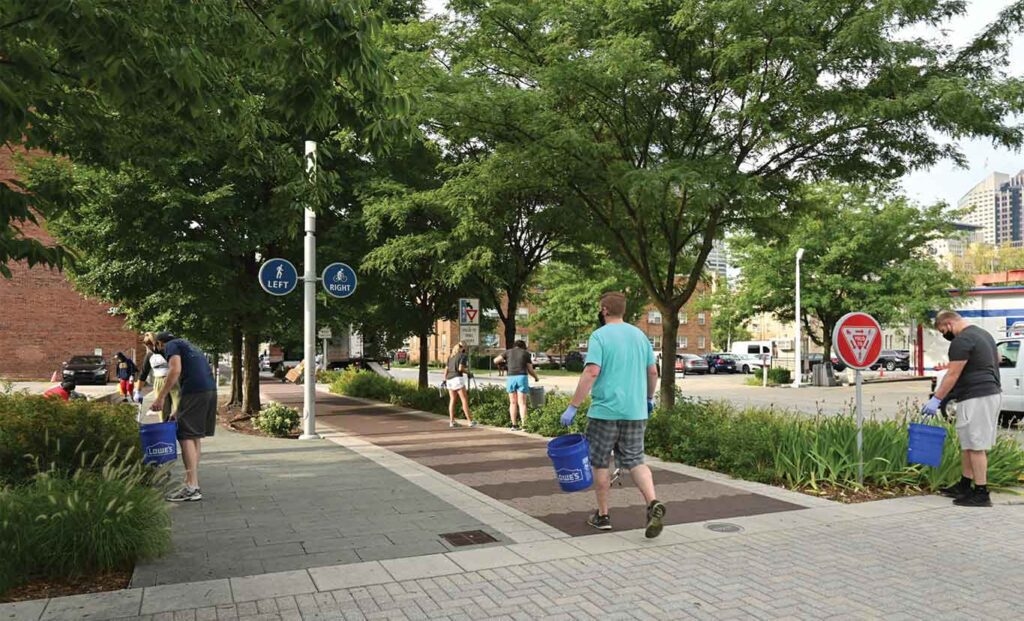
Hashtags and Public Spaces: Amplifying Social Movements and Events Through Social Media
Social media has revolutionized the way social movements and events gain momentum and impact. By providing a platform for organizing, mobilizing, and amplifying collective action, online platforms have become essential tools for social change. Hashtags, in particular, have played a crucial role in connecting individuals, spreading information, and creating a sense of shared purpose.
When used strategically, hashtags can help to unify diverse voices, raise awareness of specific issues, and mobilize support for social movements. By using a common hashtag, individuals can connect with like-minded people, share information, and coordinate actions. This online mobilization can then translate into offline activities, such as protests, marches, or community events. By leveraging the power of social media, social movements can quickly gain traction, amplify their message, and exert pressure on policymakers and decision-makers.
Moreover, social media has made it easier for individuals to document and share their experiences with social movements and events. Through platforms like Twitter, Instagram, and Facebook, people can share photos, videos, and personal stories related to their activism. This digital documentation can help to humanize the movement, generate empathy, and inspire others to join the cause.
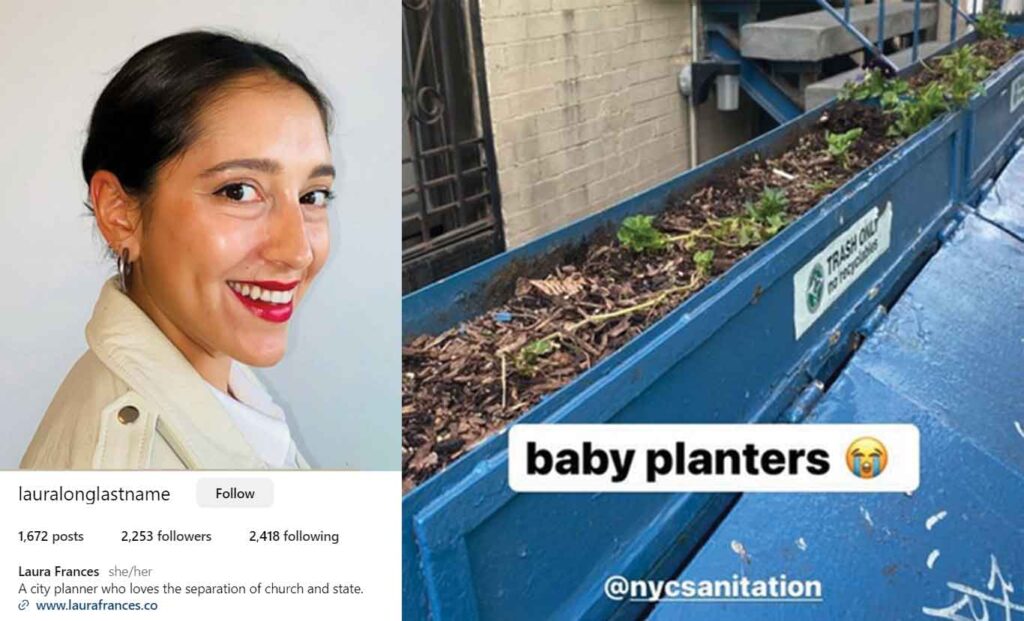
Challenges of Digital Influence: The Downsides of Social Media-Driven Public Spaces
While social media offers valuable insights for public space design, it also presents significant challenges. One of the most pressing issues is overcrowding. Popularized online, public spaces can become overwhelmed by visitors, leading to discomfort, congestion, and a loss of the peaceful atmosphere they once offered. Commercialization is another downside of social media-driven public spaces. As online platforms promote certain locations, businesses may flock to these areas, transforming them into tourist hotspots. This can erode the local character and affordability of public spaces, making them less accessible to residents.
The emphasis on social media can lead to a decline in authentic, community-driven interactions. People may become more focused on capturing the perfect photo or posting updates, rather than engaging with others in meaningful ways. This can create a superficial atmosphere and hinder the development of strong community bonds.
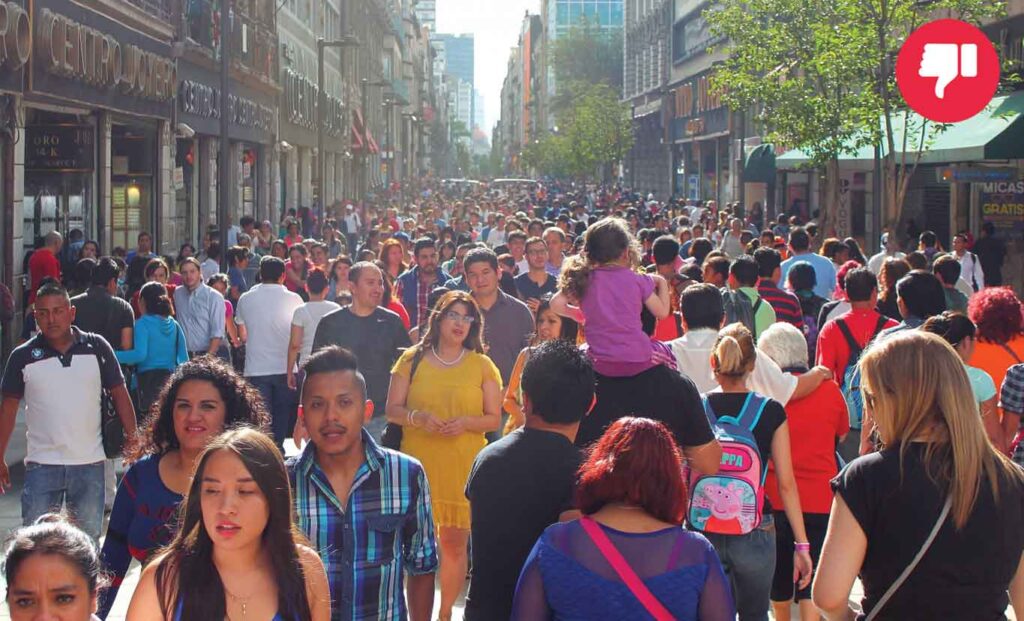
Conclusion
Social media has undeniably transformed the way we interact with each other and the world around us. Its influence on public spaces and urban social interaction is both profound and complex. While social media offers numerous opportunities for connection, community building, and economic development, it also presents challenges such as overcrowding, commercialization, and a decline in authentic interactions. To fully harness the potential of social media, it is essential to carefully consider its implications and work towards creating public spaces that are inclusive, vibrant, and sustainable for all.
References
- Bookish Architect. (2024, June 1). Use of social media in urban design. The Bookish Architect. https://www.thebookisharchitect.com/2024/06/use-of-social-media-in-urban-design.html
- Planning Association. (2023, Spring). Follow the next generation of planners on social media. American Planning Association. https://www.planning.org/planning/2023/spring/follow-the-next-generation-of-planners-on-social-media/
- Mann, D. (2016). The role of social media in urban public spaces: A case study of Finsbury Park. Urban Planning, 1(1), 71-83. https://doi.org/10.1177/2056305115622482

Reem Farghaly
About the author
Reem Farghaly is an enthusiastic architect who graduated in 2023 from the Arab Academy for Science, Technology and Maritime Transport. She commenced her postgraduate studies the same year, driven by a strong passion for research and reading. Reem is particularly interested in urban design and architecture. Keen on gaining knowledge within the field, she is committed to exploring innovative solutions and advancing her expertise in architectural design and sustainability.
Related articles


Architecture Professional Degree Delisting: Explained

Periodic Table for Urban Design and Planning Elements


History of Urban Planning in India
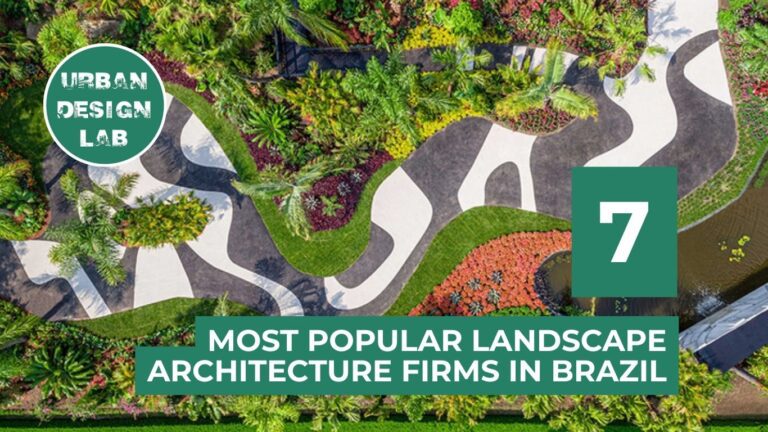
Top 7 Landscape Architecture Firms in Brazil You Should Know
UDL Illustrator
Masterclass
Visualising Urban and Architecture Diagrams
Session Dates
17th-18th January 2026

Urban Design Lab
Be the part of our Network
Stay updated on workshops, design tools, and calls for collaboration
Curating the best graduate thesis project globally!

Free E-Book
From thesis to Portfolio
A Guide to Convert Academic Work into a Professional Portfolio”
Recent Posts
- Article Posted:
- Article Posted:
- Article Posted:
- Article Posted:
- Article Posted:
- Article Posted:
- Article Posted:
- Article Posted:
- Article Posted:
- Article Posted:
- Article Posted:
- Article Posted:
- Article Posted:
- Article Posted:
Sign up for our Newsletter
“Let’s explore the new avenues of Urban environment together “


























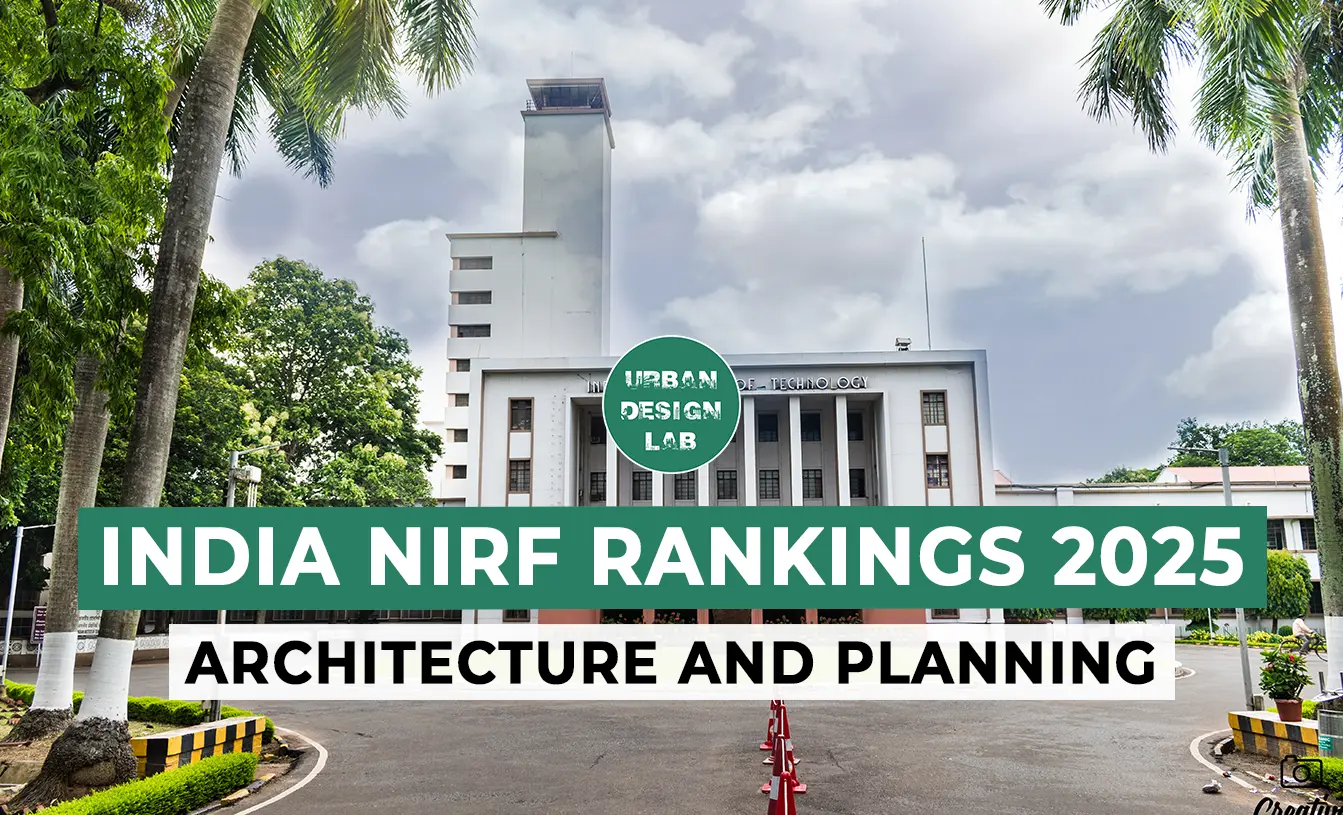
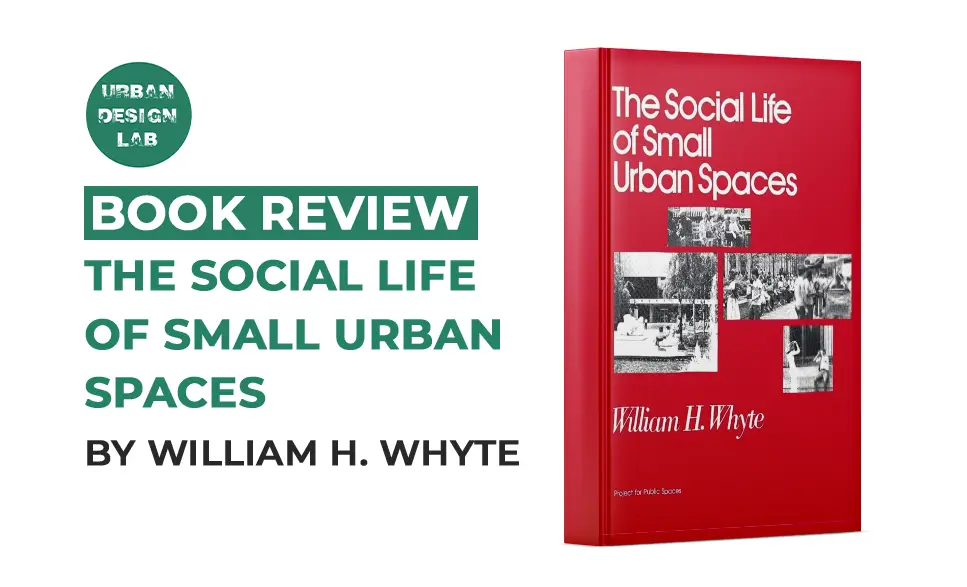



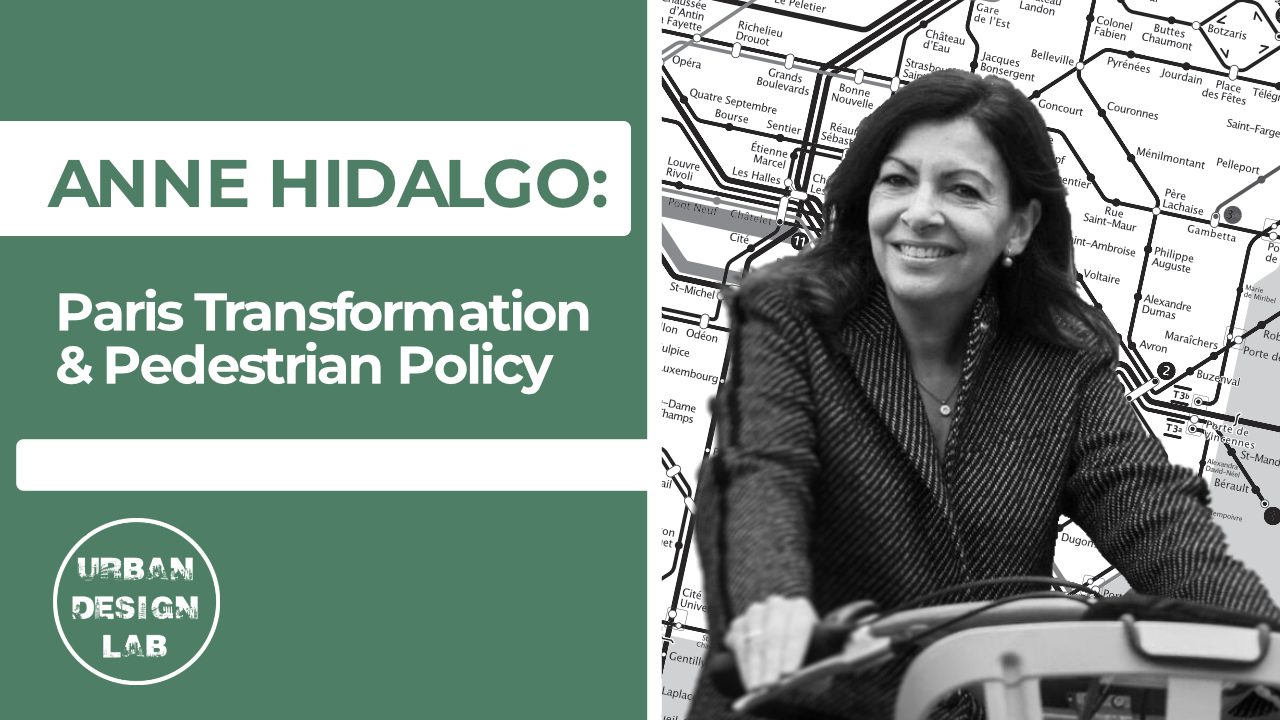
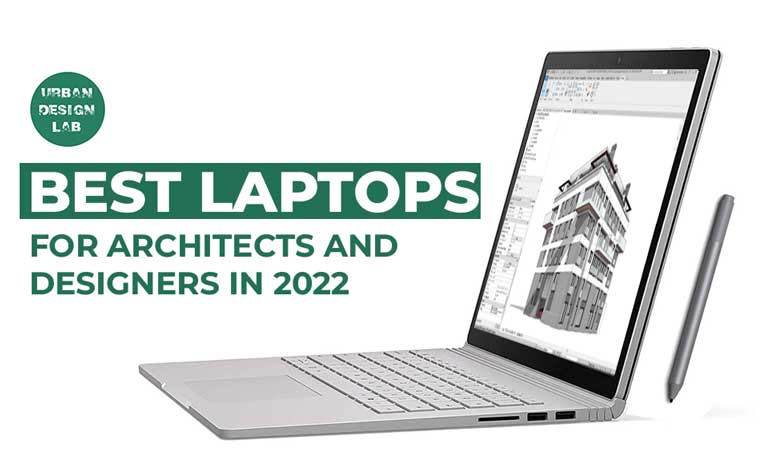
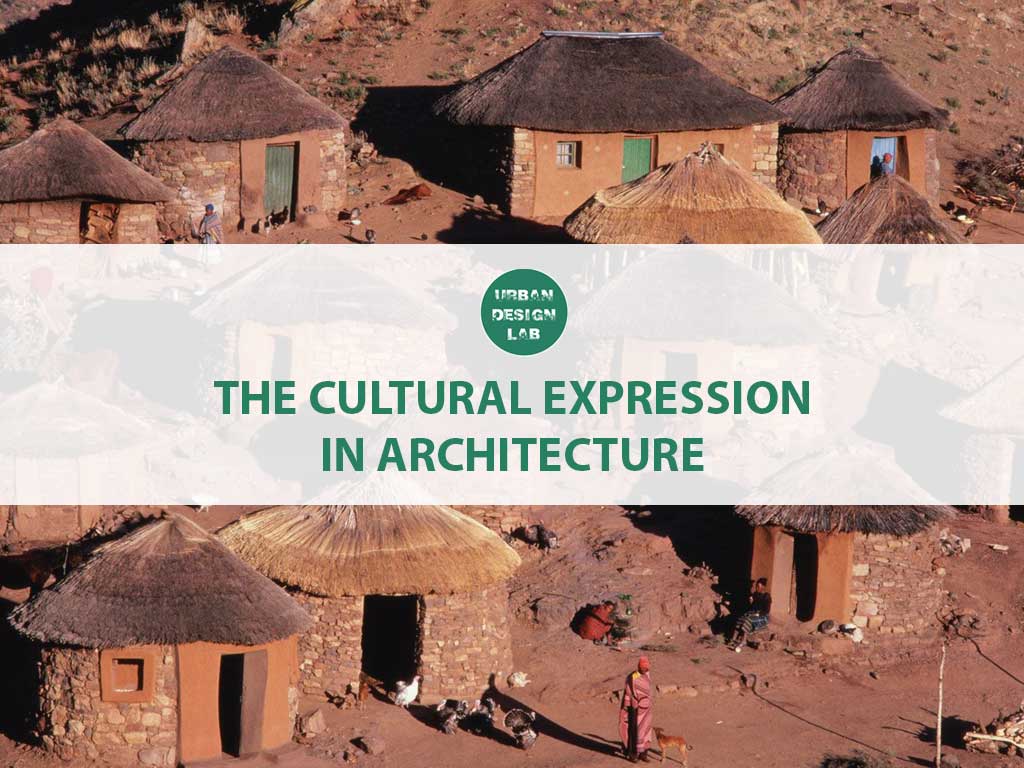
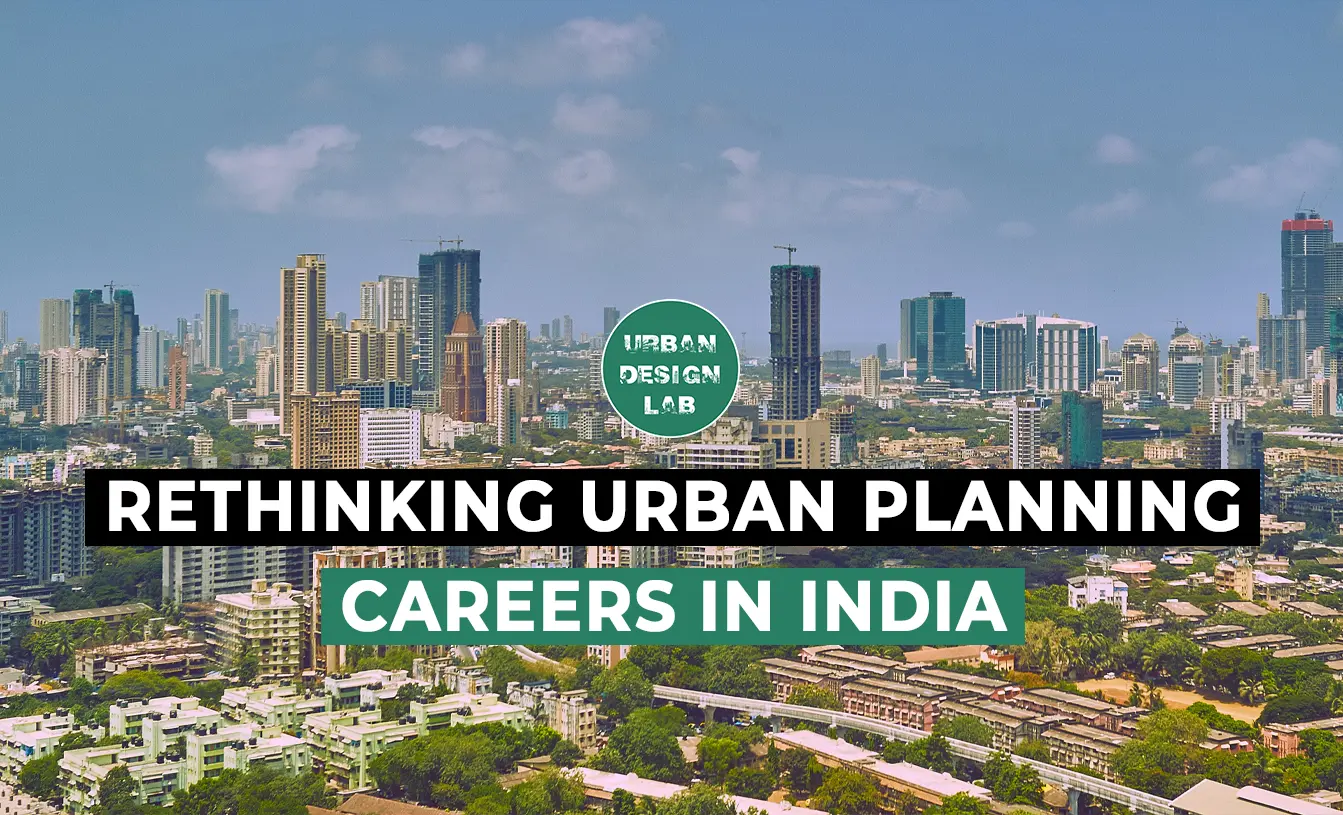
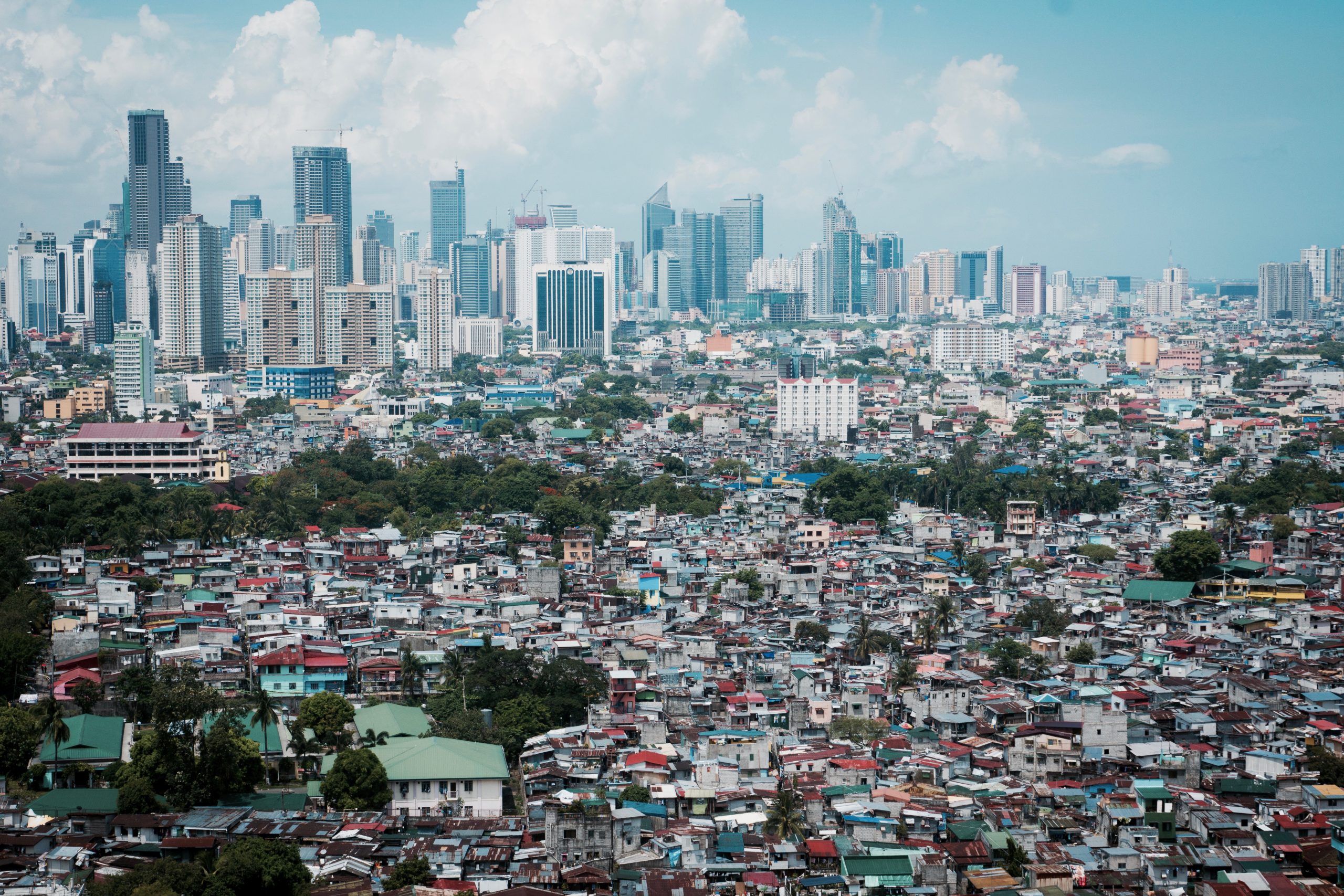
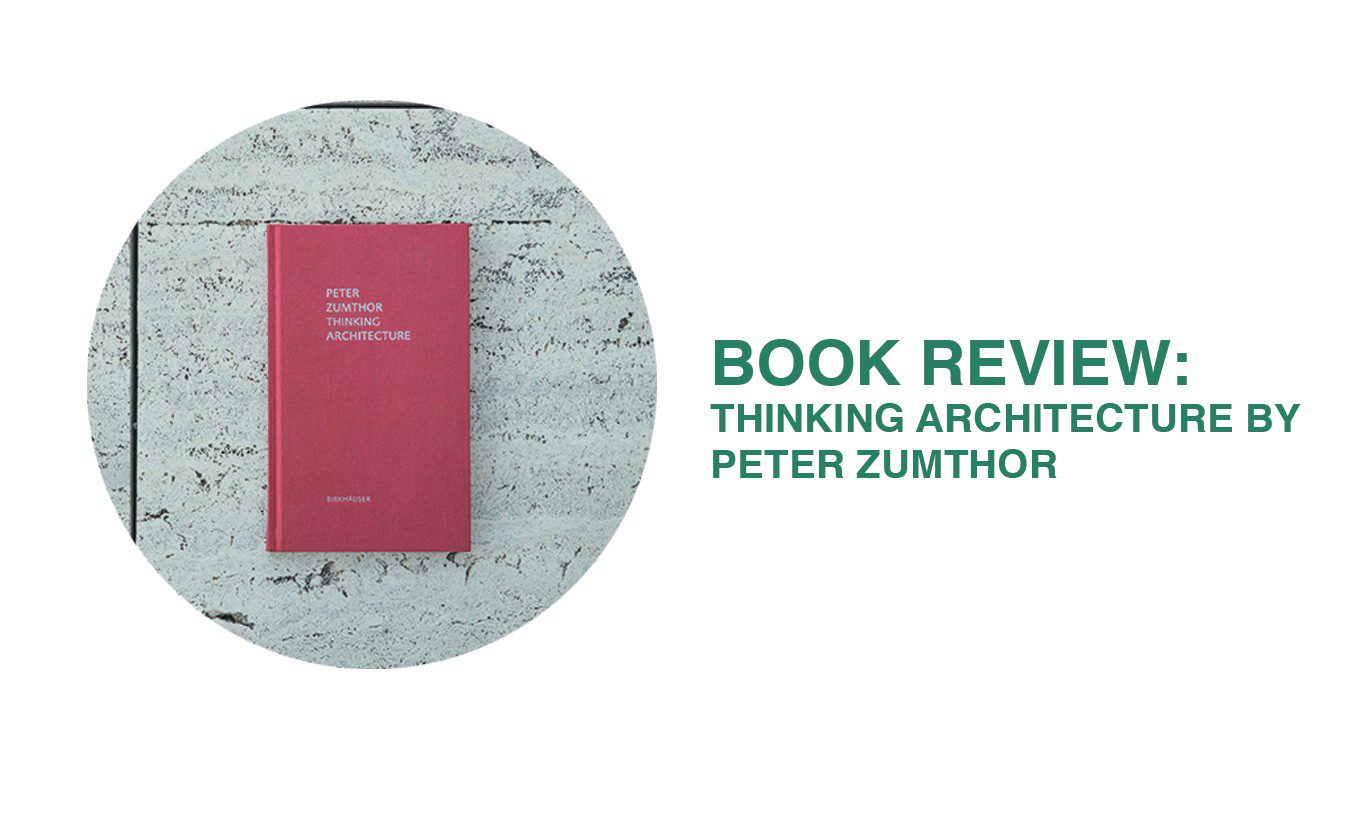
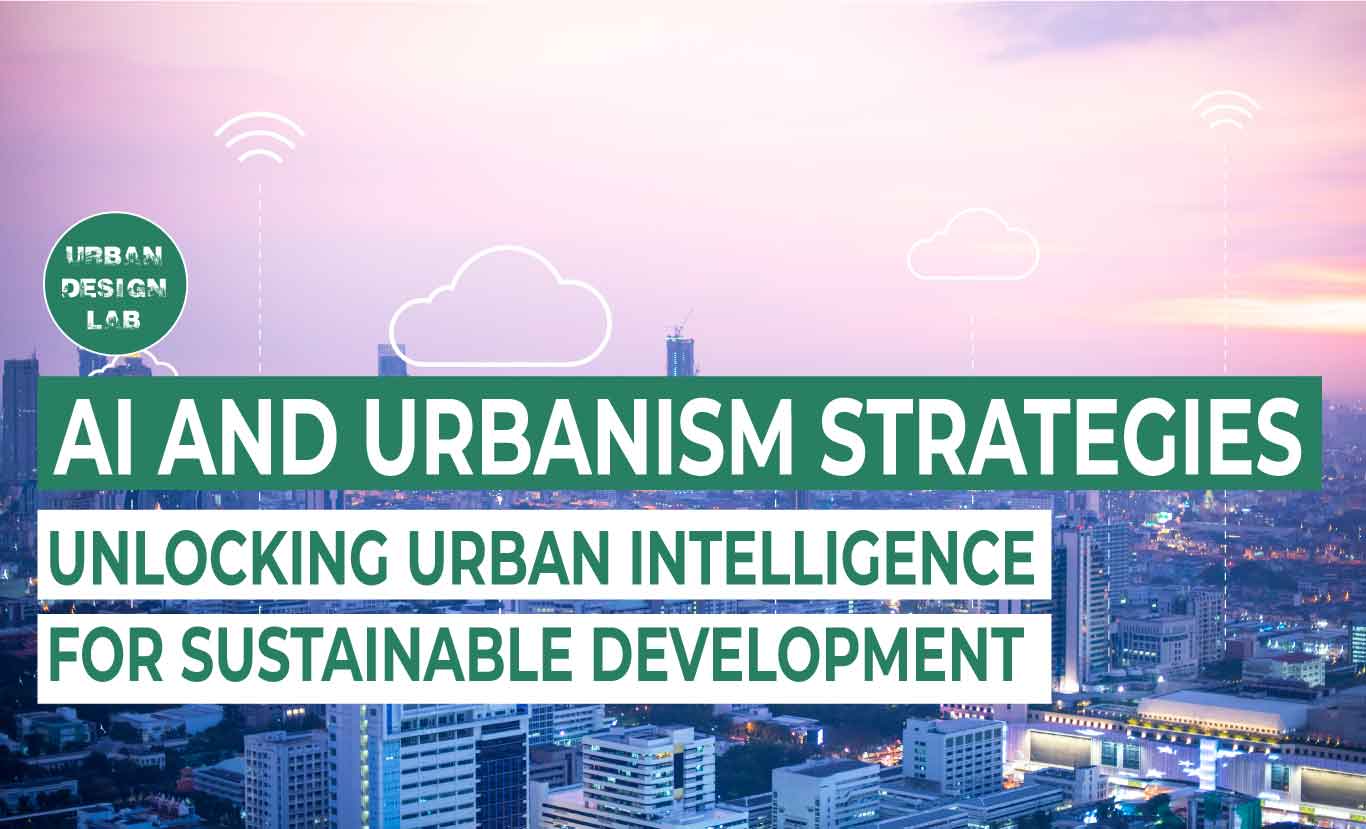
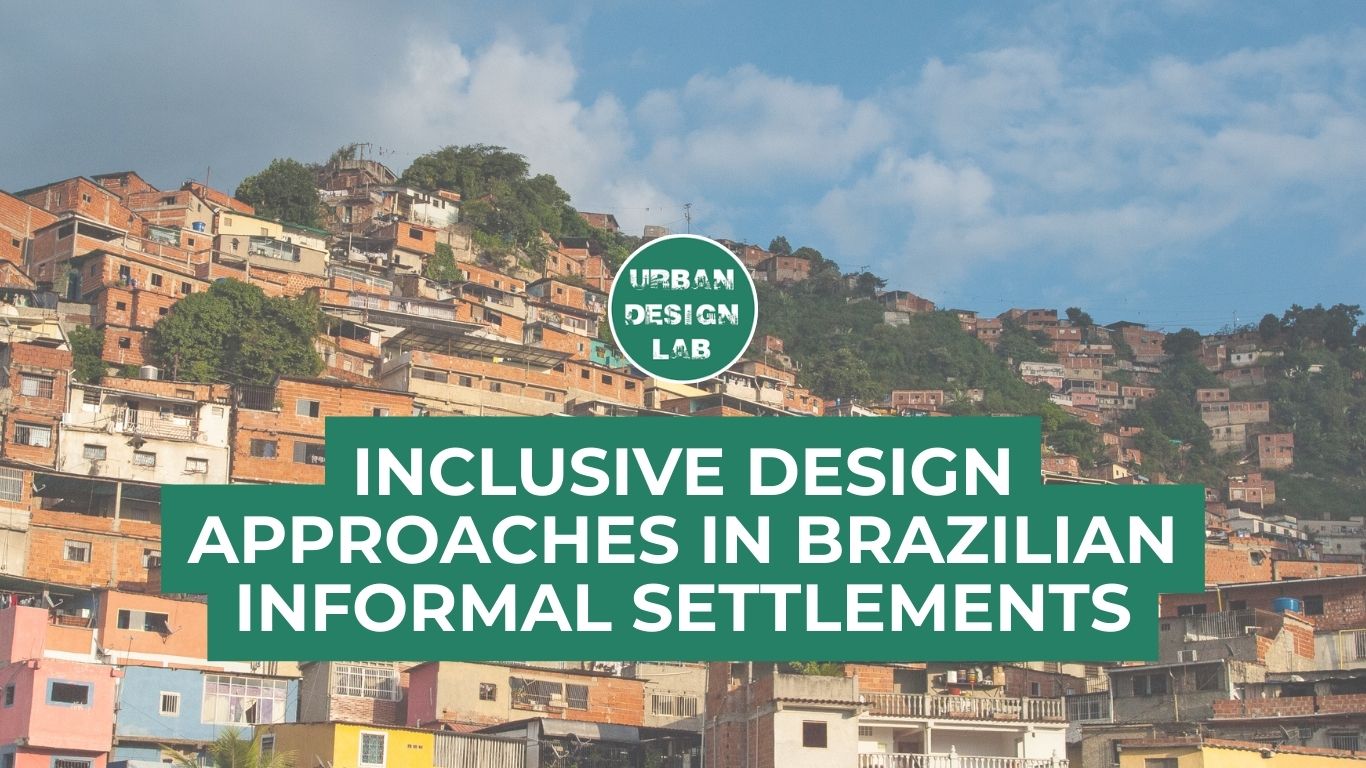
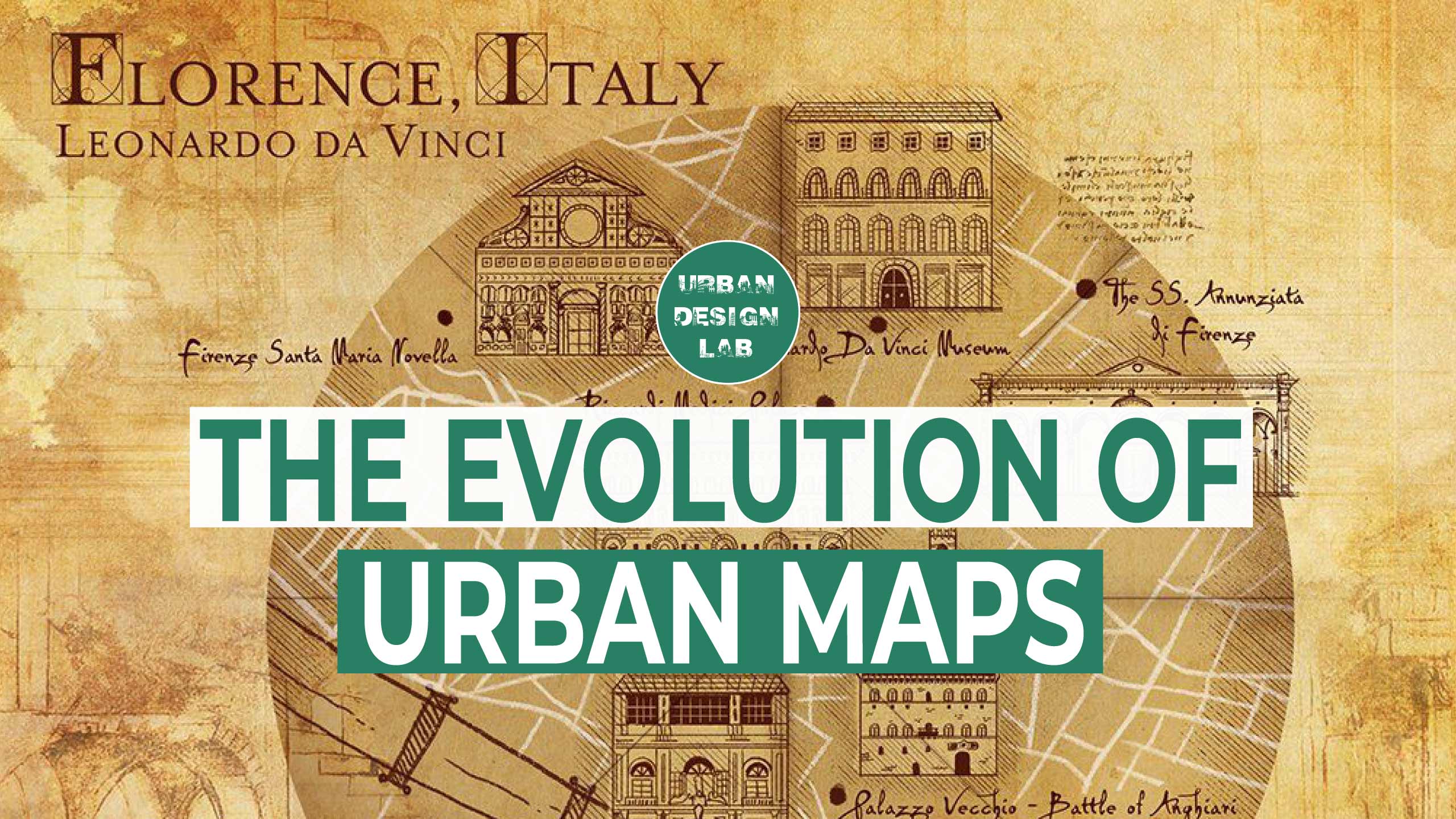
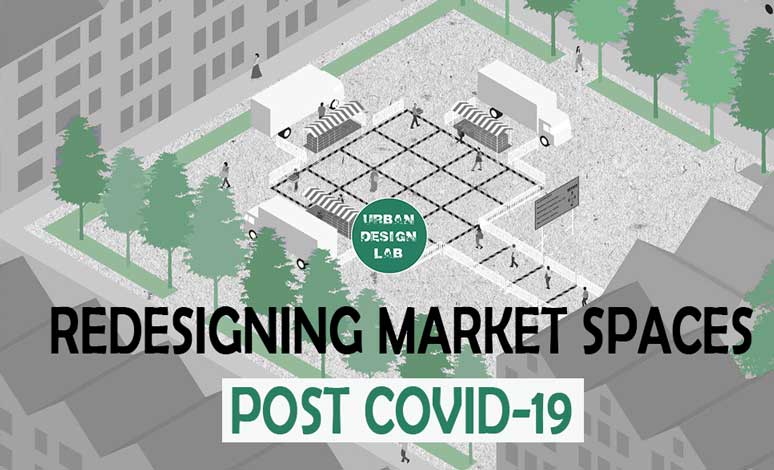



One Comment